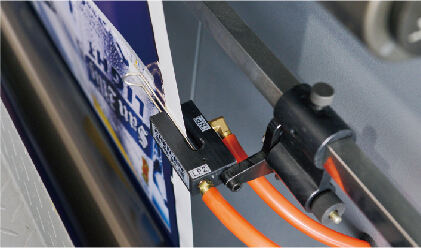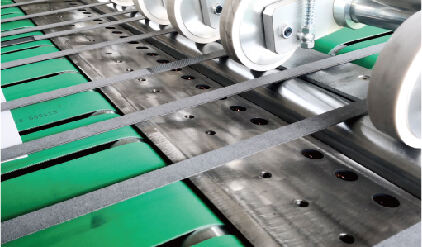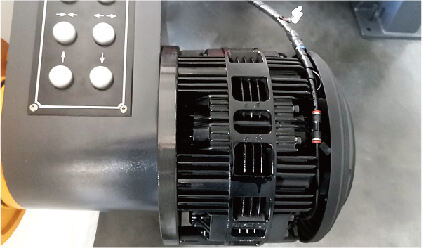manual creasing machine price
The manual creasing machine price represents a significant consideration for businesses seeking to enhance their paper processing capabilities. These machines, available across various price points from $200 to $1,500, offer essential features for professional paper creasing operations. The price variation typically depends on factors such as build quality, maximum paper width capacity, and additional functionalities. Entry-level models, usually priced between $200 and $500, provide basic creasing capabilities for standard paper sizes and are ideal for small print shops or starting businesses. Mid-range options, ranging from $500 to $900, offer enhanced durability, precision controls, and the ability to handle diverse paper stocks. Premium models, priced above $900, feature advanced measurement systems, adjustable creasing depths, and robust construction for high-volume operations. The investment consideration should account for the machine's daily usage requirements, paper handling capacity, and long-term durability. Most manufacturers offer warranty coverage ranging from 1 to 3 years, providing value assurance for the investment. The pricing structure also reflects technological features such as micro-adjustment capabilities, magnetic paper guides, and ergonomic design elements that contribute to operational efficiency.


